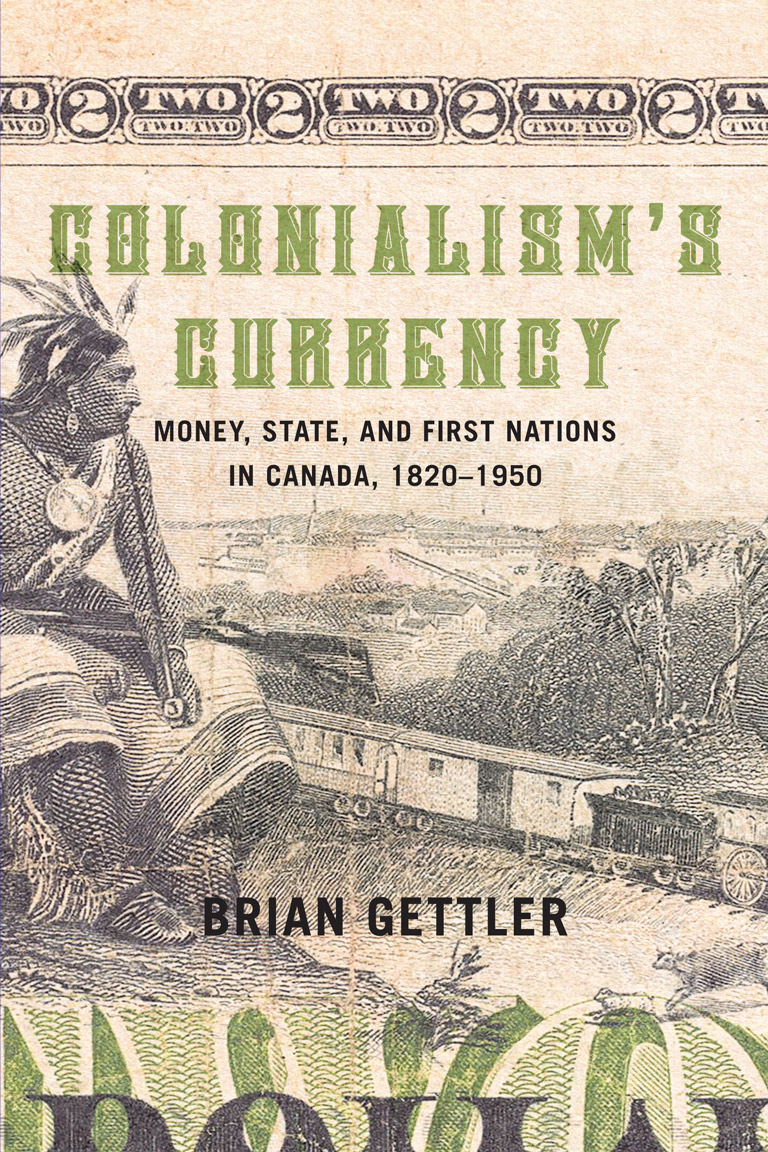Colonialism’s Currency

Colonialism’s Currency: Money, State, and First Nations in Canada, 1820-1950
by Brian Gettler
McGill-Queen’s University Press
319 pages, $37.95
In 1928, when an Indian Affairs accountant wanted to switch treaty payments from individual one dollar bills to groups of five- and ten-dollar bills, he asserted that the Cree and Ojibwe were ignorant regarding the value of money because they did not agree to the change. In reality, their unwillingness to switch was likely because the Hudson’s Bay Company would have forced the larger bills to be spent on expensive goods instead of providing change.
This account from Brian Gettler’s book Colonialism’s Currency reveals the paternalistic attitude of the state towards Indigenous peoples and money. Gettler, an assistant professor of history at the University of Toronto, explores the many ways in which money has contributed to and sustained the colonial project in North America.
Drawing on examples from different geographic regions and across the nineteenth and early twentieth centuries, Gettler shows that currency is a useful tool for expanding territory, asserting dominance, and disciplining people who object to further colonial control.
The book is academic in tone but will prove interesting for all readers. Of particular interest is Gettler’s exploration of the symbols and iconography featured on money. He explains various references made on coins and banknotes and includes fascinating photographs of historic currency.
Themes associated with this article
Advertisement




